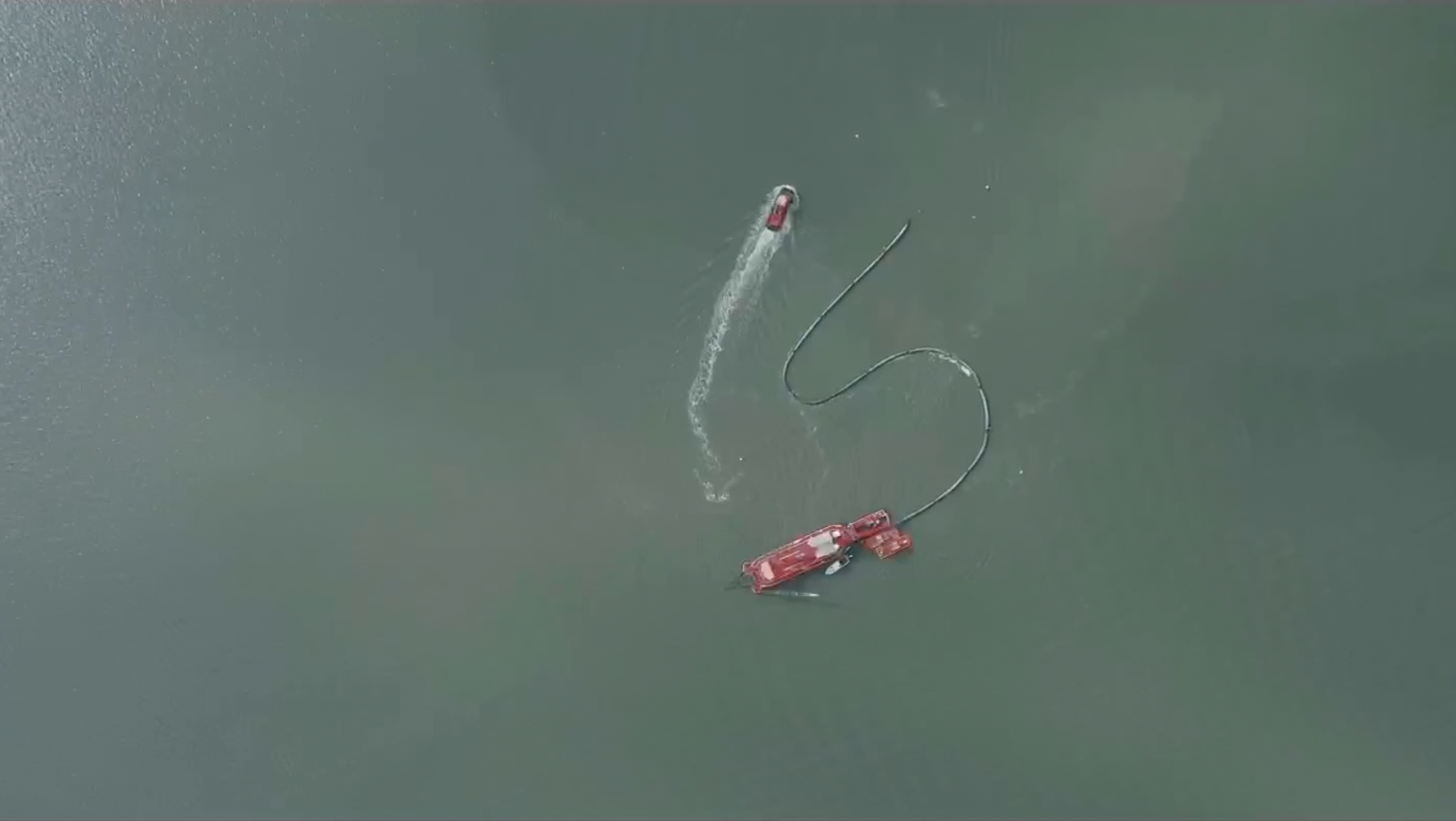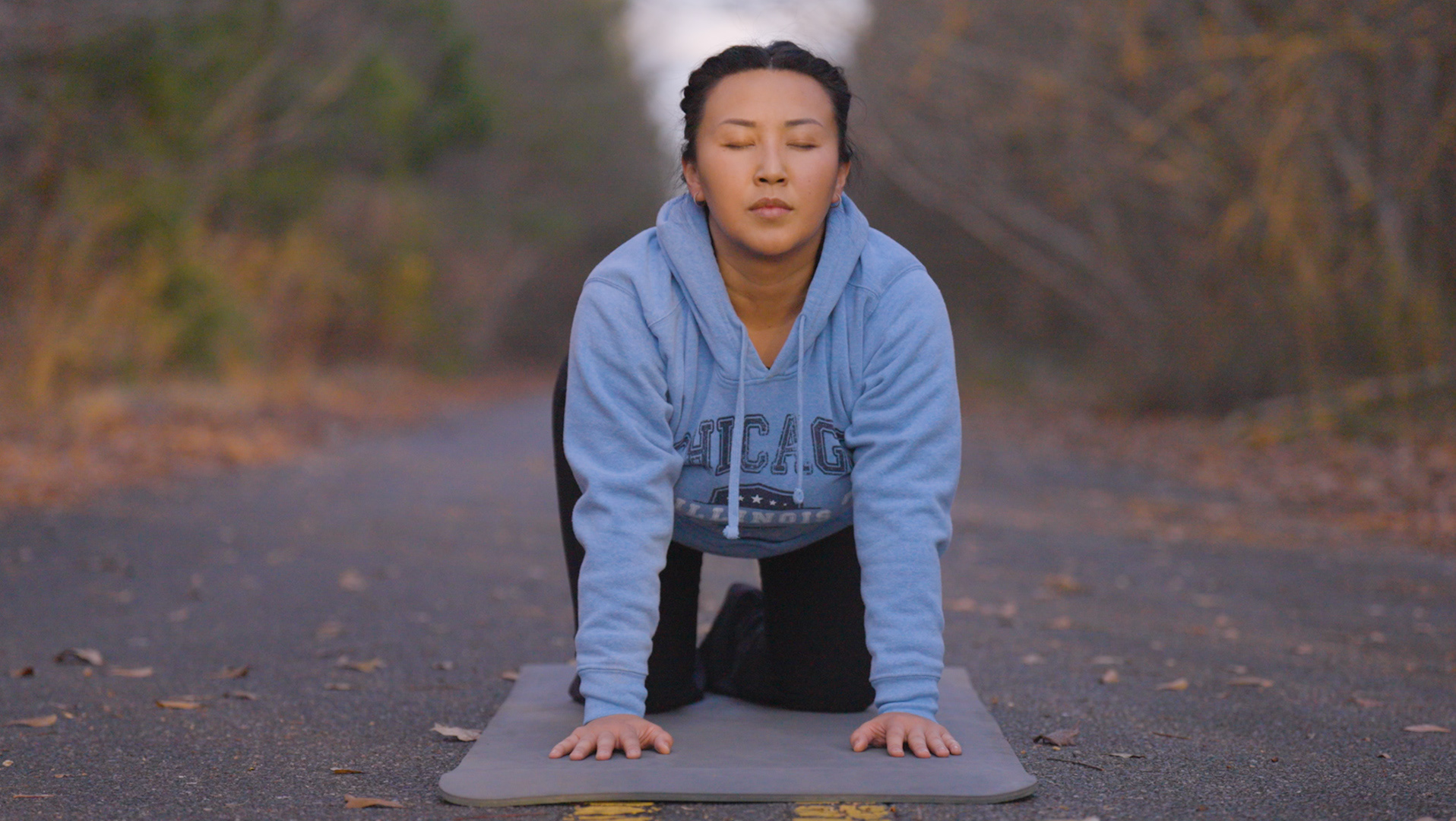HAMPTON ROADS, Va. — Today, the Chesapeake Bay is experiencing a trend of improvement, marked by a resurgence in its oyster populations, thanks to the collaborative and dedicated efforts of the City of Virginia Beach, the Lynnhaven River Now, the Chesapeake Bay Foundation and various federal organization such as the NOAA and the U.S. Army Corps of Engineers (USACE) in ecosystem restoration projects such as the Lynnhaven River Basin Ecosystem Restoration (LRBER) project. Under the management of USACE biologist Heather Lockwood, this project focuses holistically on the restoration of three habitat types: wetlands, submerged aquatic vegetation and hard (oyster) reef.
Heather explains, “The Lynnhaven River Basin Ecosystem Restoration Project is in partnership which aims to accomplish the targeted goals of restoring 38 acres of wetland, 31 acres of hard reef habitat, and 94 acres of submerged aquatic vegetation. The reason for this is that the water quality in many areas within local Chesapeake Bay tributaries has been historically impaired due to human activity over time. This project aims to help increase both the water quality and biodiversity within the Lynnhaven River, providing habitat for oysters, but then also a multitude of other animal species attracted to reef habitat. Oysters are bivalve organisms which can provide significant filtration for the surrounding waters, with adult oysters filtering up to 50 gallons of water per day. Even though, significant change takes time to measure, we are to have such a number of dedicated professionals working together to try and make this a reality.”
David Schulte, serving as both a biologist and project planner for the U.S. Army Corps of Engineers, has proven to be a key player in the success of the LRBER project. His work over the years highlights the crucial contributions of engineering and scientific experts in realizing ambitious environmental restoration initiatives. In parallel, Dr. Russ Burke, a distinguished biologist and professor at Christopher Newport University, equally shines due to his remarkable input. Dr. Burke's extensive expertise in fields such as ecology, biology, conservation & restoration, climate change, and sea level rise enriches the project's foundation. The joint efforts of Schulte and Burke have been fundamental in advancing the study and recovery of oyster reef habitats, reflecting decades of committed research and support for these vital environments. Their combined research has fostered greater cooperation, deepened understanding, and led to tangible improvements in ecosystem restoration efforts.
This initiative forms a crucial part of the broader goal set by the Chesapeake Bay Watershed Agreement of 2014, which aims to restore oyster habitats across Chesapeake Bay tributaries by 2025. The LRBERP specifically targets the restoration of 38 acres of wetlands, 94 acres of submerged aquatic vegetation (SAV), and 31 acres of hard oyster reef. A key challenge overcome by Schulte and his team was the development of a new methodology for habitat restoration assessment. Traditional methods based on "habitat units" fell short in offering a fair comparison across different restoration projects due to varying costs and physical attributes of habitats. Schulte’s innovative approach, centered on the concept of secondary production — the measure of animal biomass produced by the restored habitats — has enabled a more equitable and effective restoration strategy that supports diverse habitat types.
According to the Southern Maryland News, the Chesapeake Oyster Alliance celebrates 6-billion oysters added to the Chesapeake Bay Since 2017 as part of the ongoing ecosystem restoration efforts. The importance of this work is underscored by the positive trends observed in the oyster populations within the Chesapeake Bay. While Channel13 News in Hampton Roads, Virginia reports "oyster populations are on the rise in the Chesapeake Bay", the Virginia Mercury highlights the Chesapeake Bay Foundation’s suggestion that it’s time to expand restoration efforts as "oysters are rebounding in Virginia waters". Another testament to the success of this collaborative effort between state and federal organizations within the community comes from the Oyster Recovery Partnership, who reports the planting of over 1.5-billion juvenile oysters in 2023 alone.
Beyond the numbers, the project emphasizes the critical role of biodiversity in the health and resilience of oyster reefs. Russ Burke, a career biologist and professor, detailed the ecosystem dynamics at play, emphasizing the importance of a diverse community of species, including shellfish, crustaceans, and small fishes, that contribute to the thriving life on the reef. This biodiversity not only supports the oyster populations but also ensures the overall vitality and sustainability of the bay’s ecosystem.
For those interested in diving deeper into the scientific and ecological insights behind the Lynnhaven River Basin Ecosystem Restoration Project, the U.S. Army Corps of Engineers hosts a monthly podcast, Corps Talk, featuring detailed discussions with project leaders like Schulte and Burke. The full interview on the project’s innovative approaches to oyster habitat restoration will be available in the April edition of the podcast, offering listeners an in-depth look at the challenges and successes of restoring Chesapeake Bay’s oyster populations.










